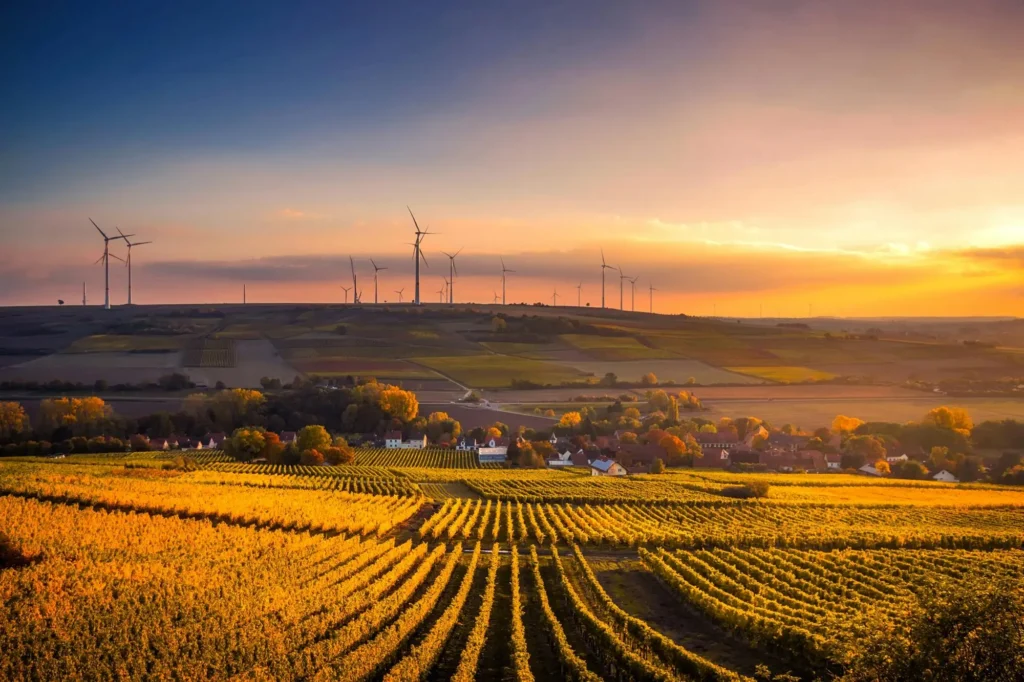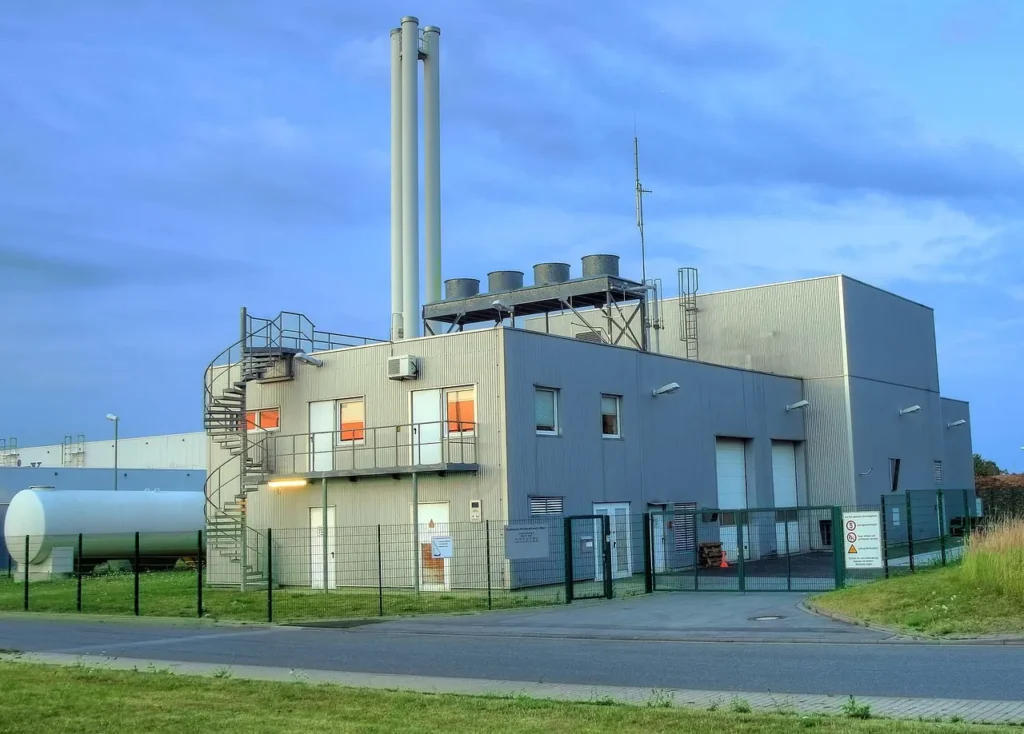
Environmental Impact of Biomass Energy
Biomass energy is often considered renewable, but what is its true environmental impact?
3 minute read • Last update June 2025

In this article
10 ways biomass energy impacts the environment
Biomass energy is often promoted as a renewable alternative to fossil fuels, but its environmental impact is more complex than many realize. From carbon emissions to land use changes, the production and consumption of biomass for energy come with both benefits and trade-offs.
1. Carbon neutrality is debated
While biomass is often labeled as “carbon neutral,” this claim depends on many factors. Burning wood or organic matter releases carbon dioxide, and the reabsorption of that CO₂ by regrowing plants can take years or decades. The carbon balance hinges on the type of biomass, land-use change, and harvesting practices.
Scientists from the National Resources Defense Council (NRDC) argue that burning wood emits more carbon dioxide than coal for every unit of electricity generated.
2. Deforestation and habitat loss
Sourcing biomass from forests, especially for wood pellets, can lead to deforestation, habitat fragmentation, and biodiversity loss. When forests are cleared faster than they can regrow, the ecological damage outweighs any renewable energy benefits.
3. Air pollution from combustion
Burning biomass releases air pollutants such as particulate matter, carbon monoxide, and nitrogen oxides. These pollutants can harm human health and contribute to smog formation, particularly in regions using outdated or inefficient combustion systems.
4. Water use and contamination
Growing energy crops requires significant water inputs, potentially straining local water supplies. In areas like the Texas Panhandle or Hill Country, where agriculture and municipal use already compete for limited water, large-scale biomass cultivation could exacerbate supply challenges.
Moreover, the use of fertilizers and pesticides in biomass farming poses a risk to water quality, with runoff potentially impacting critical watersheds such as the Edwards Aquifer and nearby rivers. These factors underscore the need for stringent water management and environmental oversight when considering biomass as part of Texas’s renewable energy strategy.
5. Land use competition with food
In Texas, where agriculture is a cornerstone of the economy, biomass production can compete directly with food crops for arable land, especially when using staples like corn, soy, or sorghum for biofuel feedstocks. This land competition may reduce the availability of acreage for food production, potentially driving up crop prices and encouraging large-scale monocultures that degrade soil health over time.
Additionally, prioritizing energy crops could marginalize small and mid-sized Texas farmers, particularly in regions already under pressure from land consolidation and shifting commodity markets. Balancing food security with renewable energy development will be a key policy challenge as the state explores biomass as part of its broader energy transition.
A study conducted by the U.S. Department of Agriculture found that in some models, increases in land use for biomass energy crops would lead to decreases in food production and increases in costs of food.
6. Methane and other greenhouse gas emissions
While biomass emits CO₂ during combustion, the decomposition of organic waste in landfills or manure storage can release methane (CH₄), a more potent greenhouse gas. Biomass systems that fail to capture or manage methane may contribute to climate change.
7. Soil degradation and erosion
Intensive harvesting of crop residues or dedicated biomass crops can degrade soil health. The removal of plant material reduces organic matter and nutrients, increasing the risk of erosion and long-term fertility loss.
8. Energy input vs. energy output
Some forms of biomass require high energy inputs for cultivation, harvesting, transport, and processing. If fossil fuels are used throughout the supply chain, the net energy and carbon savings from biomass may be minimal or even negative.
9. Waste reduction benefits
On the positive side, using agricultural residues, forestry byproducts, and organic municipal waste for energy can reduce landfill use and methane emissions. This form of biomass recycling provides a more sustainable pathway compared to traditional waste disposal.
10. Potential for sustainable development
When managed properly, biomass energy can support rural economies, reduce dependency on fossil fuels, and provide off-grid electricity in developing areas. Ensuring sustainability, however, requires strict regulations, lifecycle assessments, and transparent sourcing practices.
Is biomass energy good or bad for the environment?
Biomass energy presents both opportunities and challenges in the transition to a low-carbon future. While it offers the potential to repurpose waste materials and provide a more sustainable substitute for coal or natural gas, its environmental trade-offs can’t be overlooked. From deforestation, carbon emissions, and land use conflicts, biomass has its challenges.
As the energy sector moves toward a more carbon-neutral mix, the role of biomass will likely be limited to specific use cases where waste streams can be efficiently converted to energy with minimal environmental harm. For policymakers, businesses, and consumers, understanding the full environmental impact of biomass energy is essential to ensure it complements, rather than compromises, broader decarbonization efforts. Sustainable deployment will depend on strict lifecycle assessments, responsible sourcing, and integration with cleaner technologies like wind, solar, and storage.
Written by Graham Lumley
Graham Lumley, Digital Marketing Manager at BKV Energy, leads digital and traditional marketing strategies, focusing on educating Texans about the state's deregulated energy market. With over 8 years of marketing experience, he creates content to help consumers understand and save on their energy bills, bringing a fresh and dynamic approach to the industry.
Related articles
Get $50 off your electric bill!
Use code BKVEJOINUS50
Enter your zip code to shop BKV Energy's affordable, fixed-rate Texas electricity plans. Use the promo code for $50 off your electric bill.

